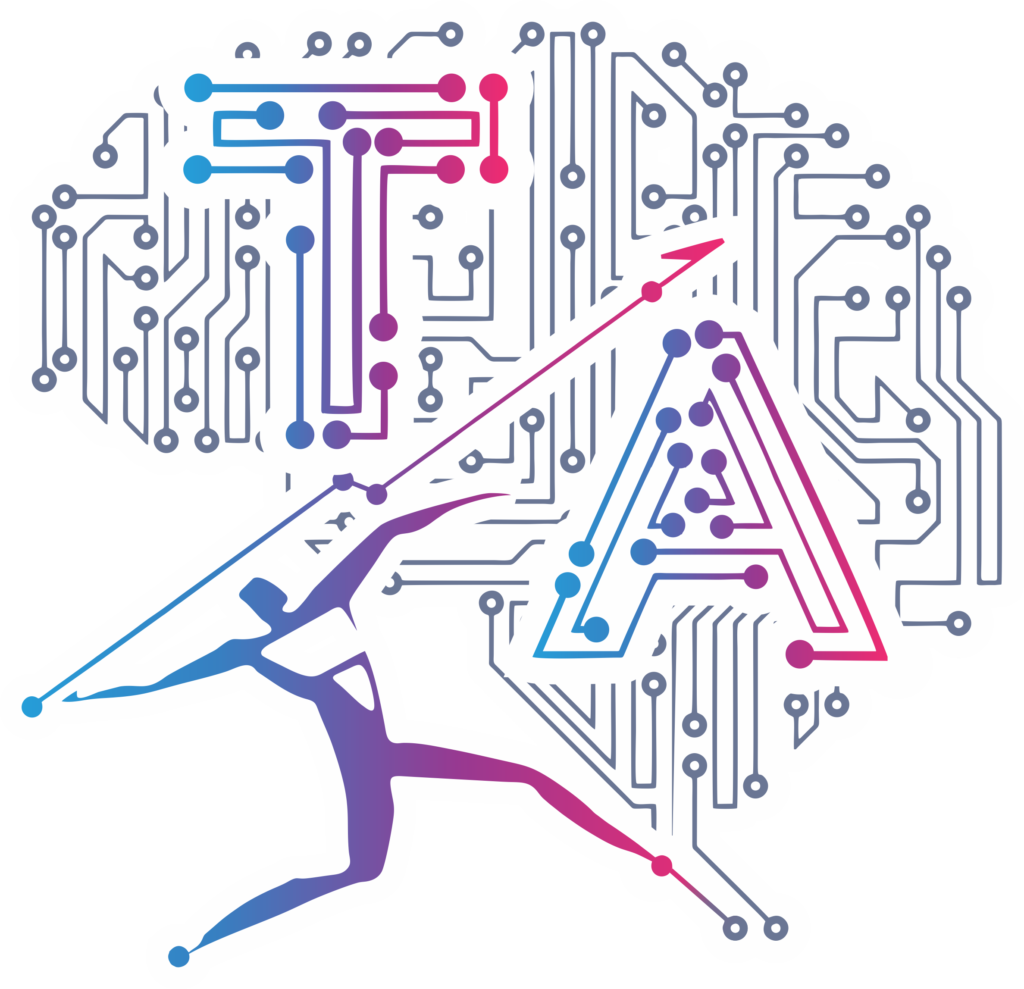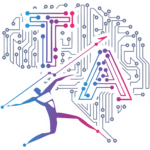Practical 10: Program that takes a string as input and reverses it using a user-defined function.
Problem Statement
Write a Python program that takes a string as input and reverses it using a user-defined function.
Solution Code
# Function to reverse a string
def reverse_string(s):
reversed_s = "" # Initialize an empty string
for char in s:
reversed_s = char + reversed_s # Add each character to the beginning
return reversed_s
# Taking input from the user
string = input("Enter a string: ")
# Calling the function and displaying the result
reversed_string = reverse_string(string)
print("Reversed String:", reversed_string)
Expected Outcome
- The program takes a string as input from the user.
- It uses a user-defined function to reverse the string.
- The reversed string is then displayed as output.
Example output:
Enter a string: Engineering
Reversed String: gnireenignE
Process finished with exit code 0
Explanation
Below is the explanation of F.E. PPS Unit 3 Practical 10 solution where we have written Python program that takes a string as input and reverses it using a user-defined function.
- Defining the Function reverse_string(s):
- An empty string reversed_s is initialized.
- A for loop iterates through each character of the input string.
- Each character is added to the beginning of reversed_s, effectively reversing the string.
- The function returns the reversed string.
- Taking User Input:
- The user enters a string.
- Calling the Function and Printing the Output:
- The input string is passed to reverse_string() for processing.
- The reversed string is printed.
Key Concepts Learned
- User-Defined Functions:
- Creating and calling a function in Python.
- String Manipulation:
- Reversing a string without using built-in functions like [::-1] or reversed().
- Looping Through a String:
- Using a for loop to iterate through characters.


